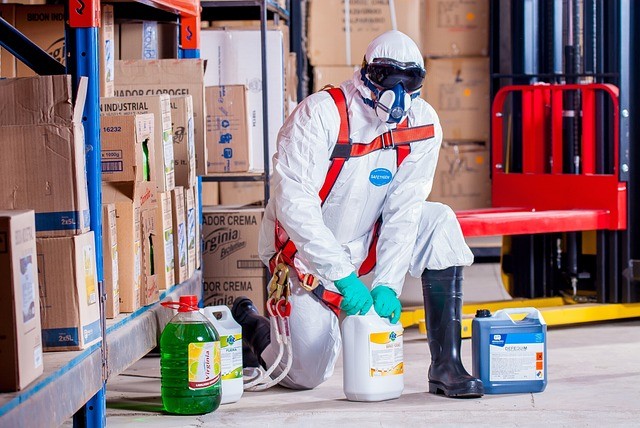
The Hazardous Chemical Safety (Train the Trainer) course is designed to equip trainers with the knowledge and skills necessary to educate employees about the safe handling, storage, and disposal of hazardous chemicals in the workplace. This course covers regulatory requirements, hazard communication, and best practices for chemical safety, ensuring that trainers can effectively impart this crucial information to their trainees.

OSHAS offers different qualifications of safety, health and lowering incident rates for workers.

